Taketomi, the Epitome of Unspoiled Natural Beauty
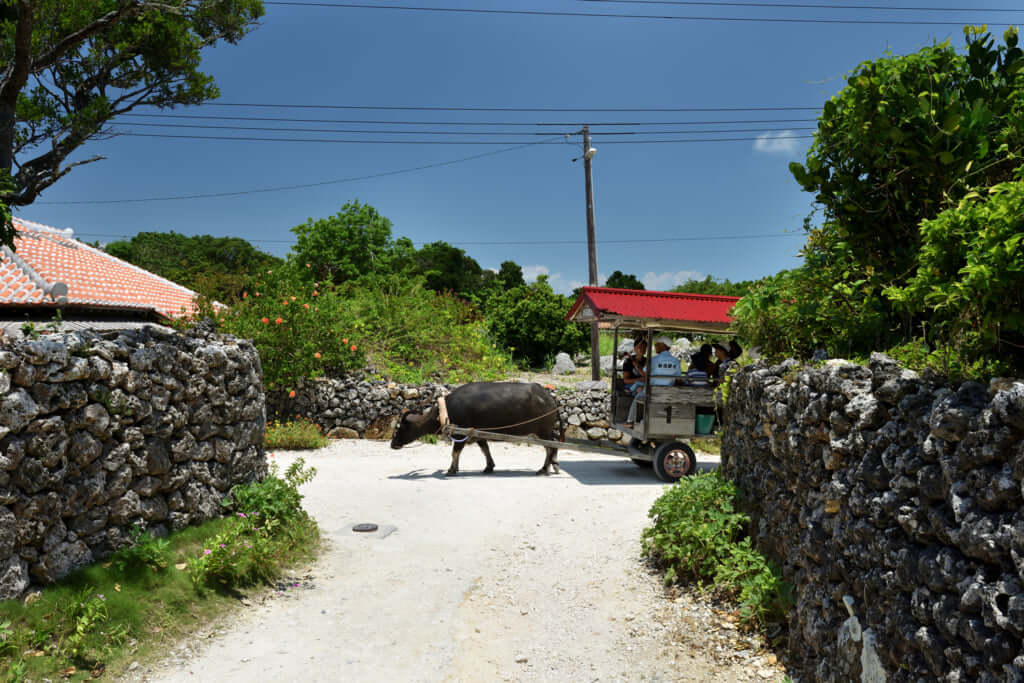
©Jun Hasegawa
With its white-sand beaches, turquoise waters and a tropical climate, Taketomi seems more like a tropical island than an appendage of the Japanese archipelago. There is a reason for this, if you look for the minuscule Taketomi on a map, you’ll find it nestled alongside the coast of Taiwan, in the Tropic of Cancer.
The island of Taketomi is part of the Sakishima archipelago, the southern-most group of the Japanese islands, closer to Taiwan and Hong Kong than to Kyoto or Tokyo. While Iriomote is the most well-known in the region, hosting numerous Japanese tourists year on year who come for its water sports, or simply to relax, Taketomi is the quieter, more discreet neighbour. Stretching out over just six square kilometres and home to just 360 inhabitants, the island is nevertheless full of appeal for anyone who takes the time to stop by.
An unspoiled island
You won’t find any tarmac roads here, nor buildings stretching up over multiple stories, not even a konbini, the little corner shops that are so iconic across Japan. Visiting Taketomi is like turning back time; all new buildings are constrained by very strict building regulations, meaning you will travel over white sand paths in order to access the only village on the island, where you’ll find traditional houses typical of the Ryukyu kingdom to which the island belonged from the 14th to 19th centuries. With gardens full of bougainvillea, encircled by small stone walls and houses with red clay rooves, the architecture here is not what one is used to finding across Japan.
More attentive visitors will also notice little terra cotta statues depicting a hybrid animal, somewhere between a dog and a lion, watching out from the rooftops. These are shisa, small creatures inherited from Chinese culture, supposed to bring happiness and to protect houses from evil spirits.
Paradise beaches
Beyond its small village, Taketomi is also known for its beaches, where white sand meets turquoise water. But more importantly, the main impetus here is the preservation of nature. The island is part of the Iriomote Ishigaki national park, meaning swimming is only allowed on one beach, Kondoi.
The other, wilder beaches, are nevertheless worth the detour, even if swimming is forbidden. Most notable is Kaiji beach where you’ll find the famed star sand, hoshizuna, for which the island is best known. One merely has to plunge their hand into the sand for it to reemerge full of small coral stars stuck to the skin. The stars are exoskeletons of single-cell protozoans, considered to be among the first beings on earth. This natural treasure is the reason for such protective regulations.
The island is accessible by a 15 minute boat ride from the island of Ishigaki and makes for the perfect day trip. For those who want to experience the supreme calm once night falls, it is also possible to stay over. While there may not be any huge hotels, you’ll find a number of minshuku, small Japanese guest houses, hosted by local residents in their homes; the best way to discover the heart of this untouched beauty.
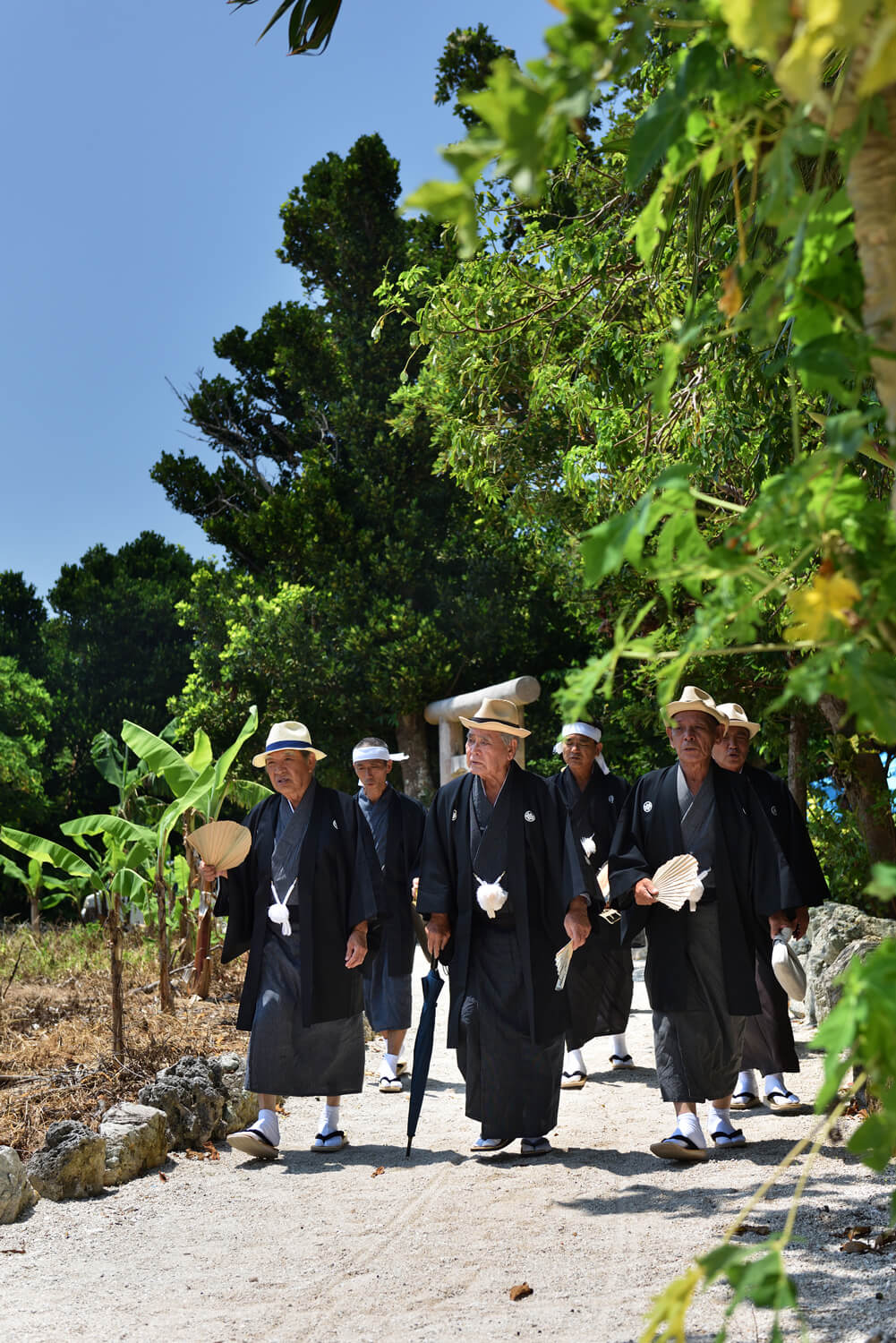
©Jun Hasegawa
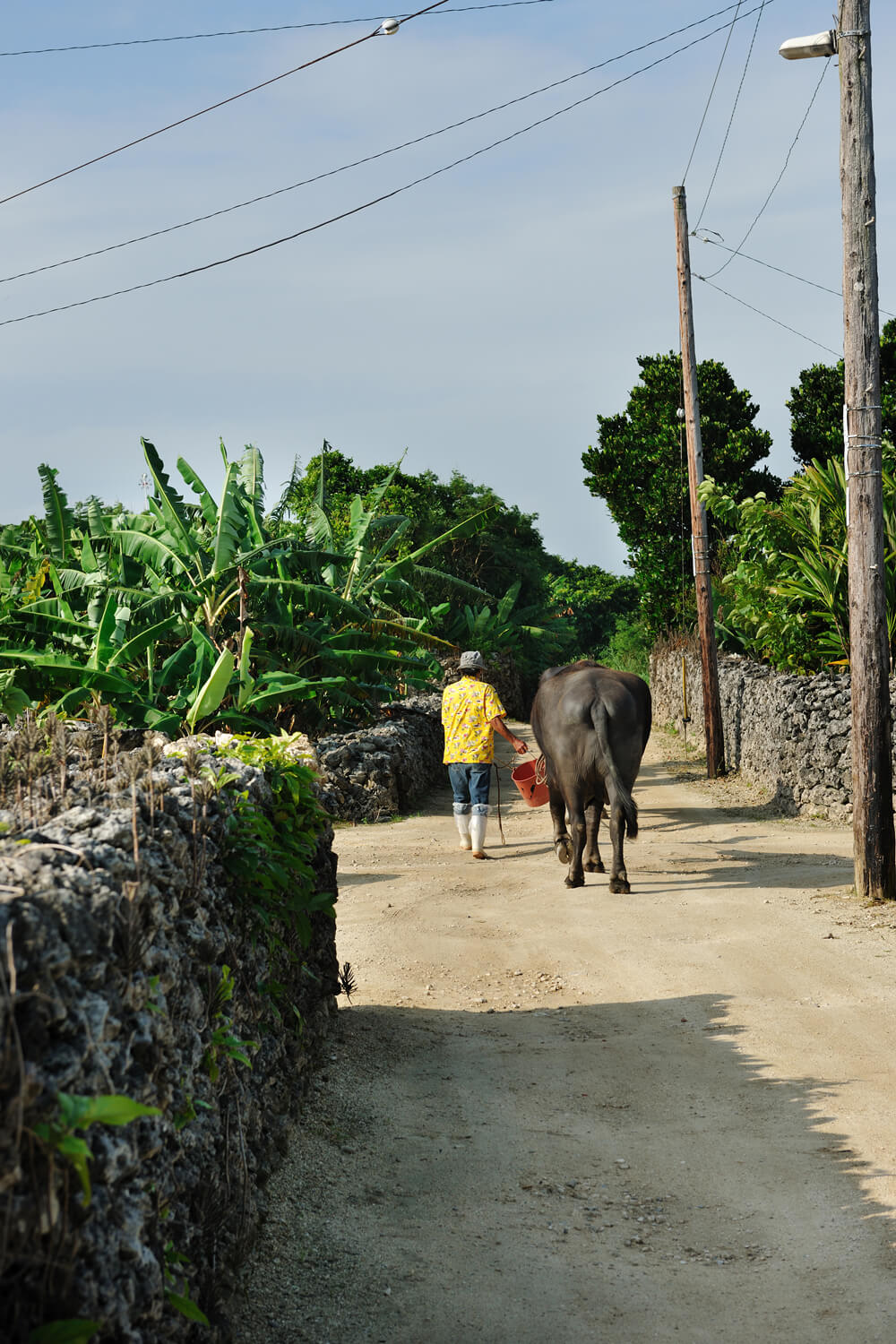
©Jun Hasegawa
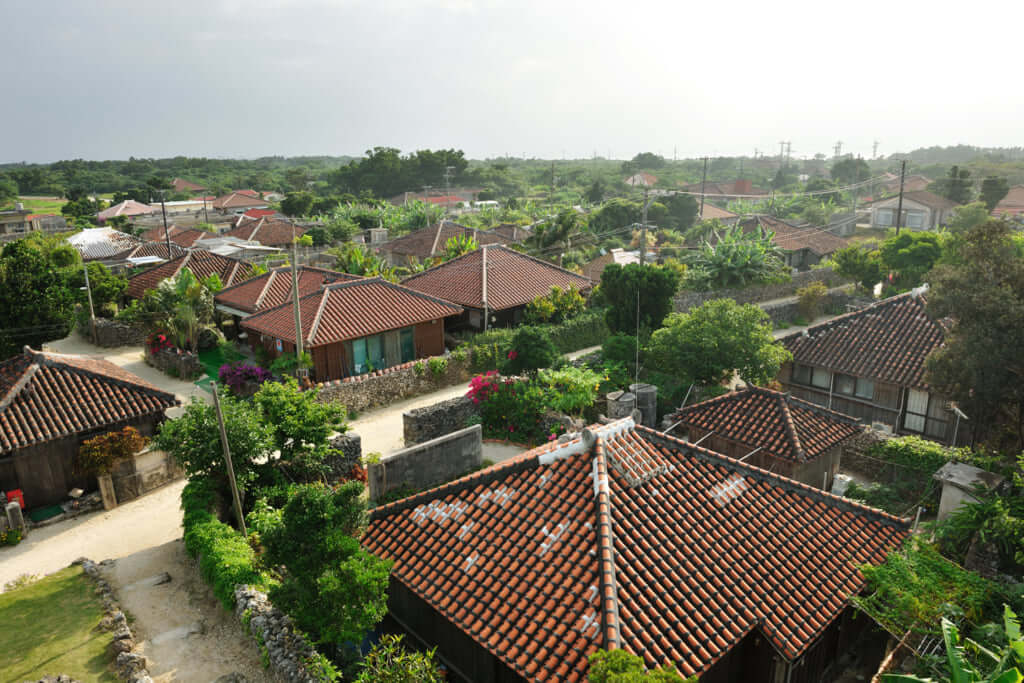
©Jun Hasegawa
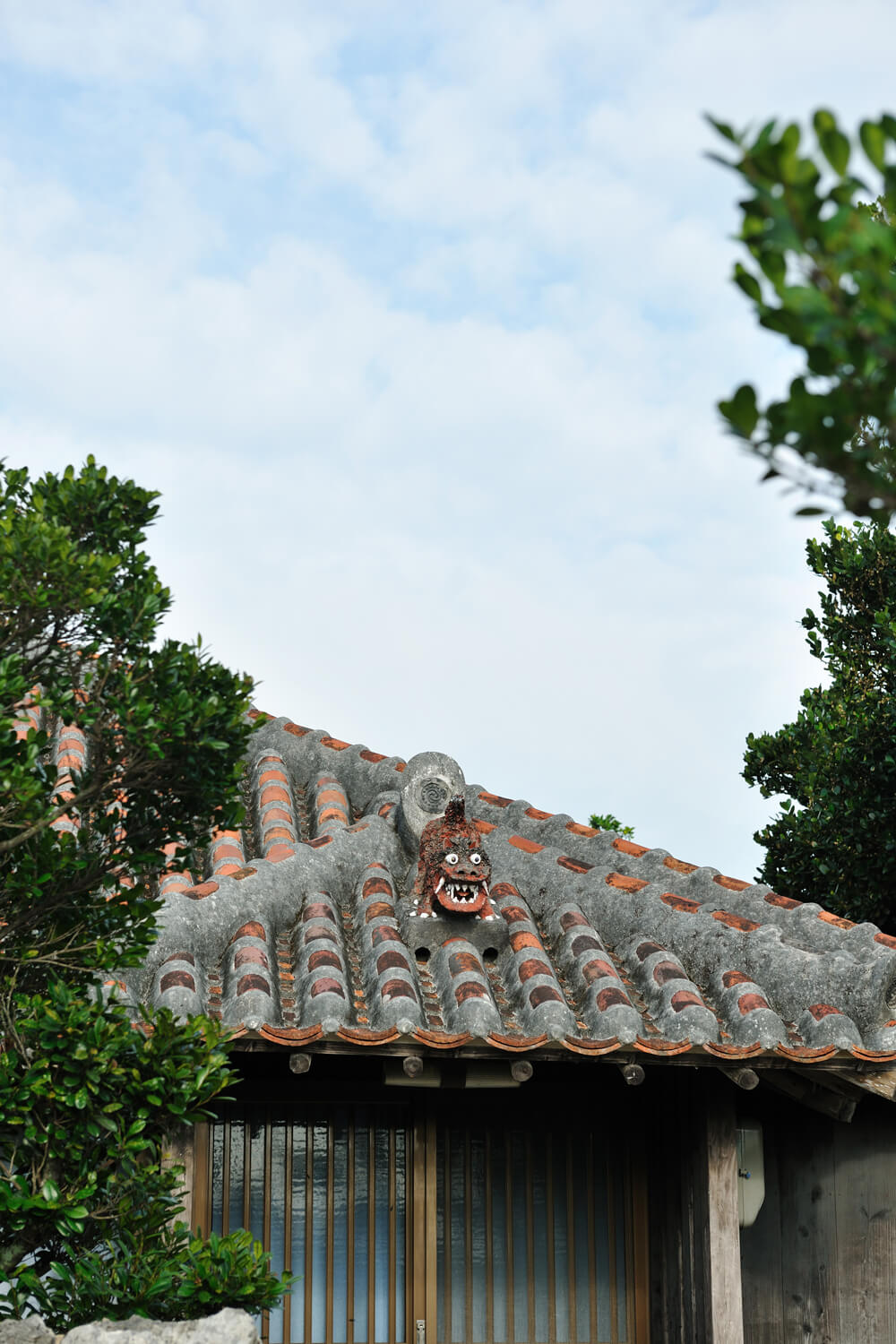
©Jun Hasegawa
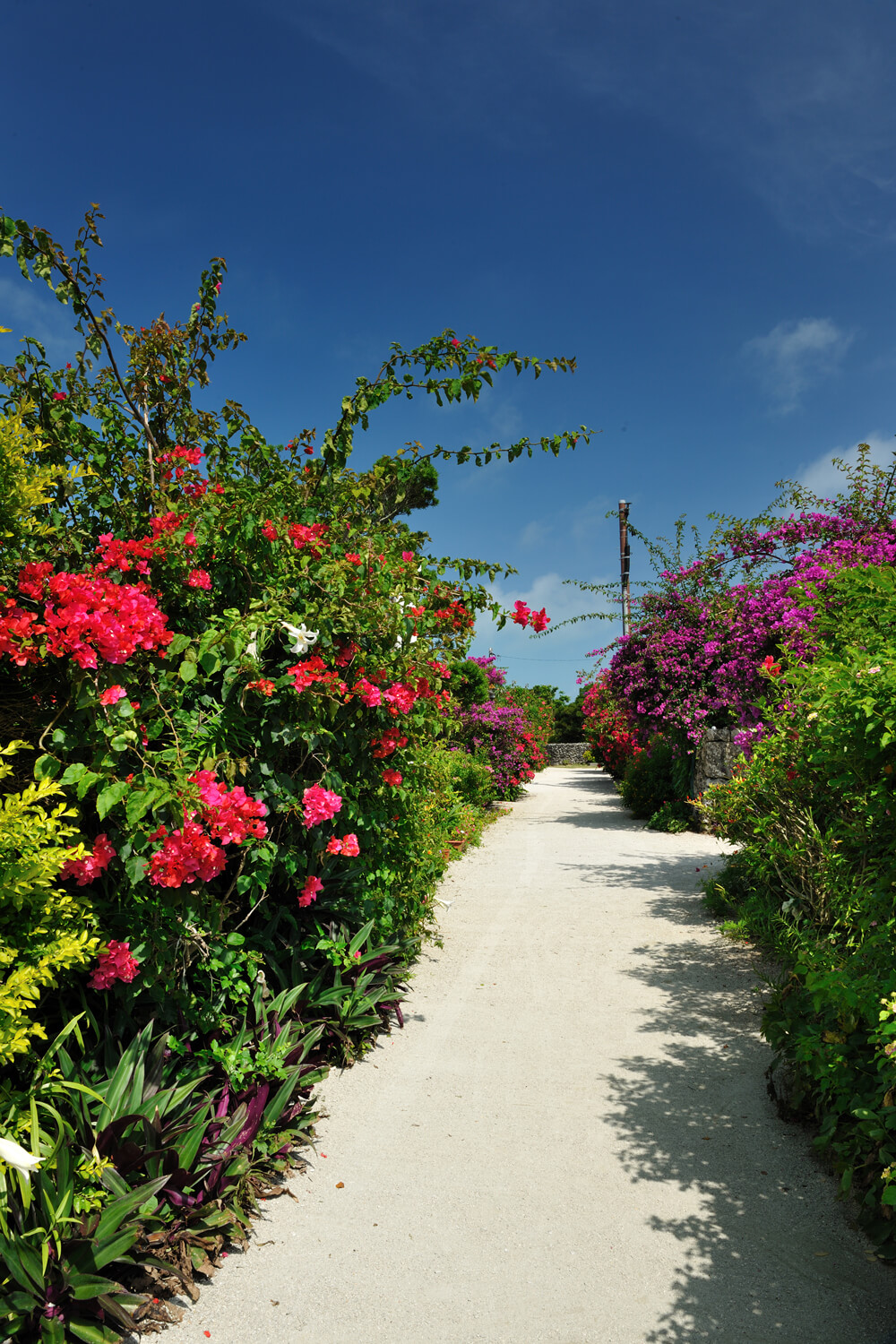
©Jun Hasegawa
TRENDING
-
Yakumo Saryo: A Culinary Voyage in Tokyo
Shinichiro Ogata makes objects from glass, ceramics and bronze but is also a fantastic cook. Have a taste of both his talents at restaurant Yakumo Saryo.

-
WA BI GIN : (An Old) Affair of Passion
The Japanese distillery Hombo Shuzo, first known for their shoshu, decided to launch itself into artisanal production of gin. Thus, WA BI GIN was born.

-
Gome Pit, the Pop-Up Bar in a Waste Treatment Facility
Japan never ceases to surprise. Gome Pit is a pop-up bar with an unobstructed view over a pit where tonnes of waste are piled up before being incinerated.

-
A Japanese Tea Room Perched Atop a Rooftop
The building, in keeping with the minimalist style of its creator, offers a splendid view of Vancouver Bay and the surrounding mountains.

-
Discover Japanese Gastronomy Through The Solitary Gourmet Manga
This illustrated black and white album follows its lead through various bars, celebrating the Japanese art of living.





